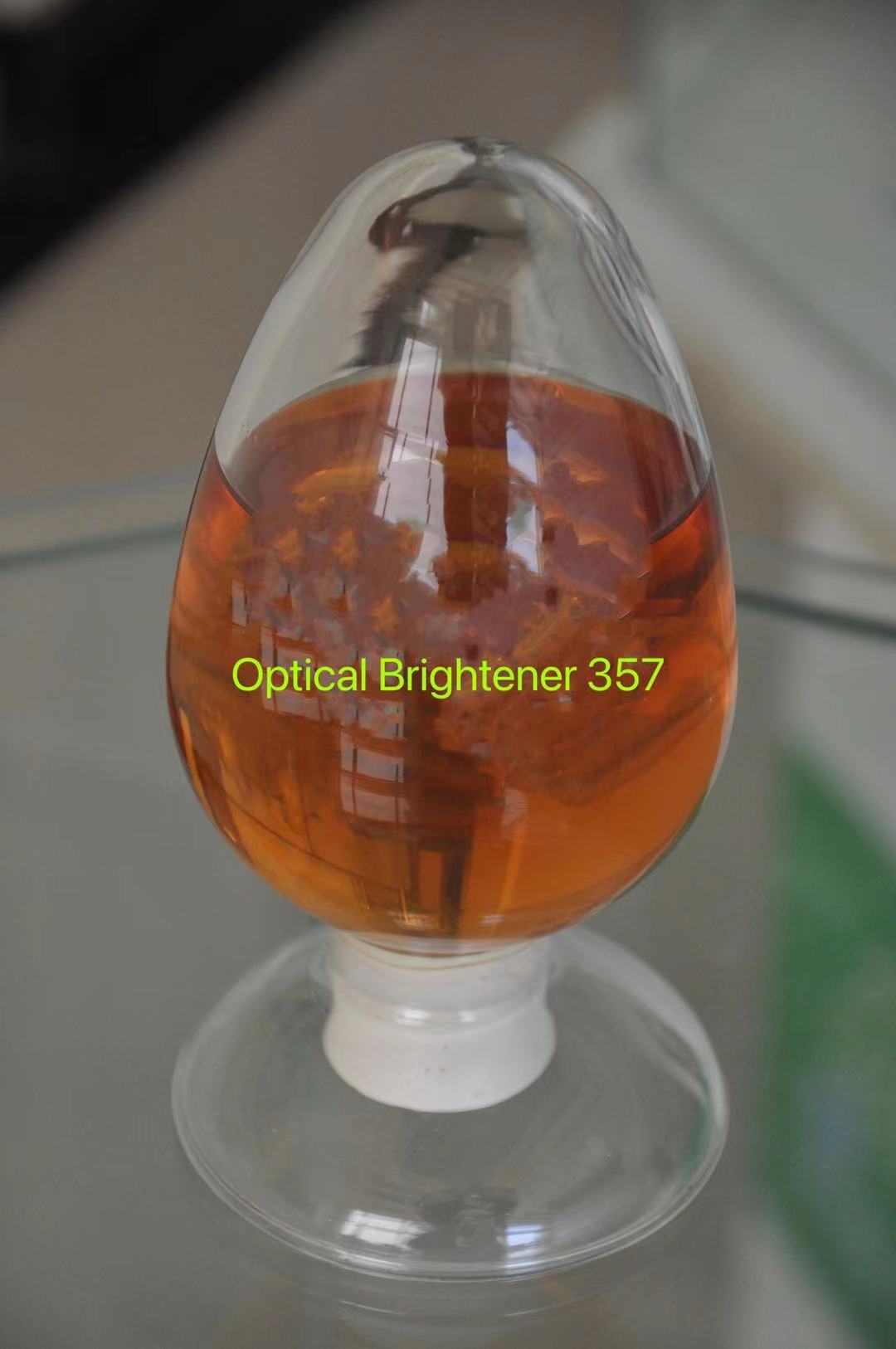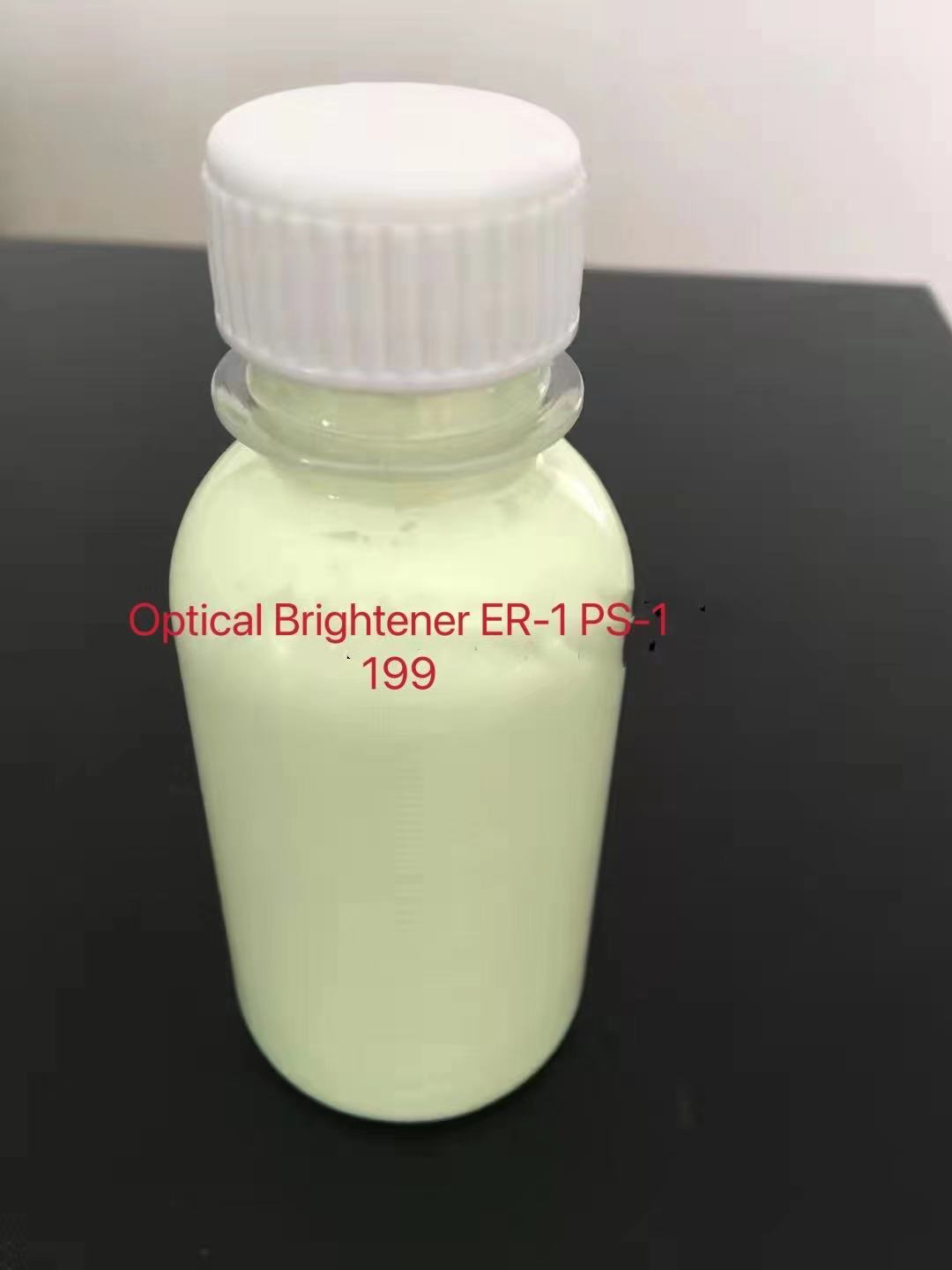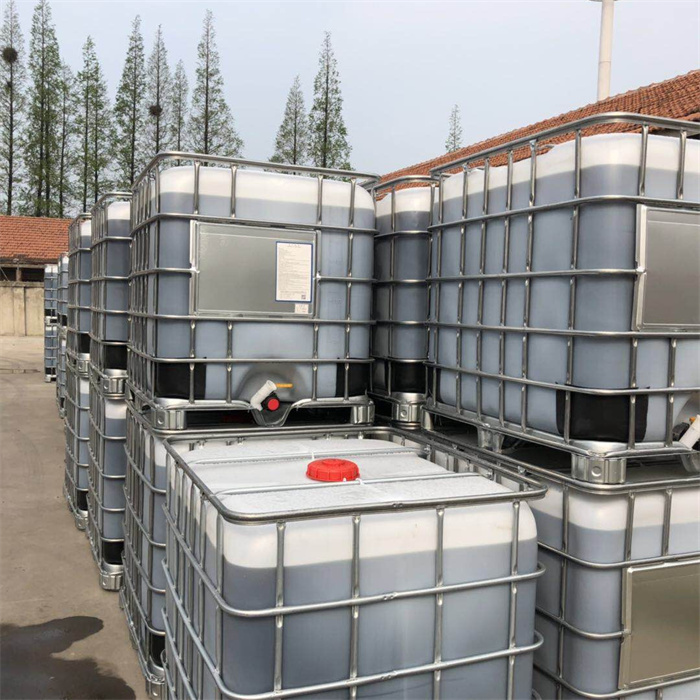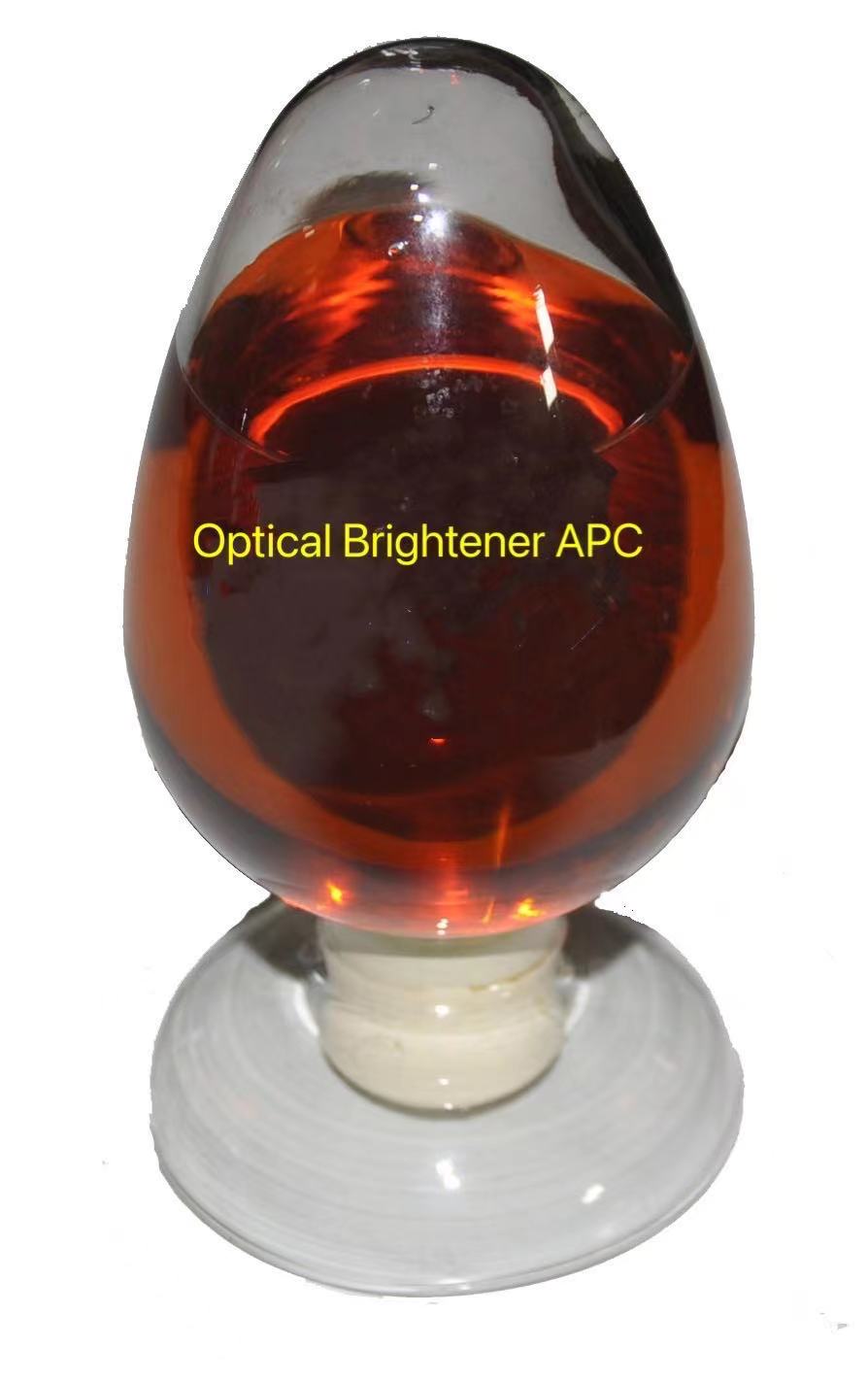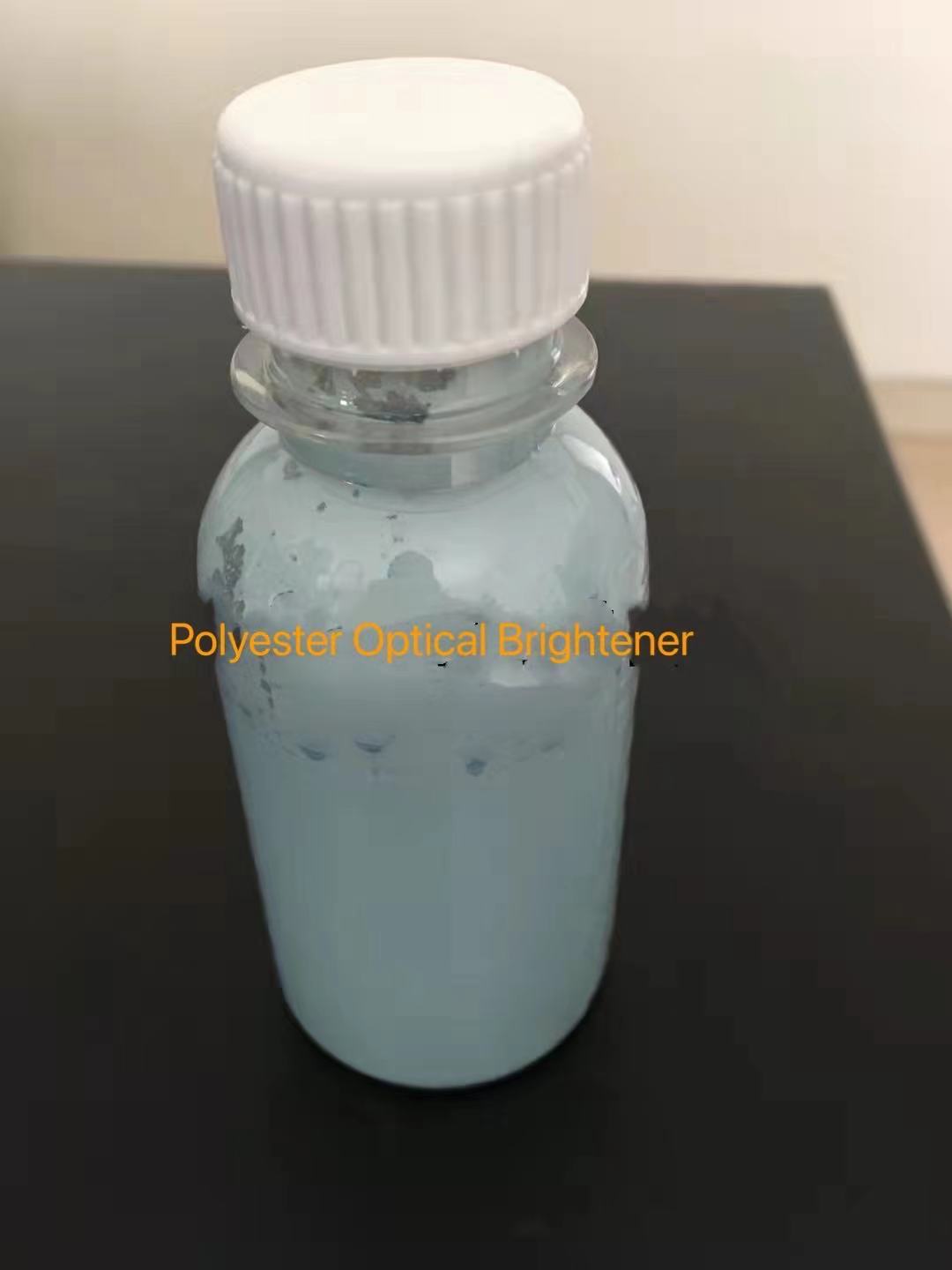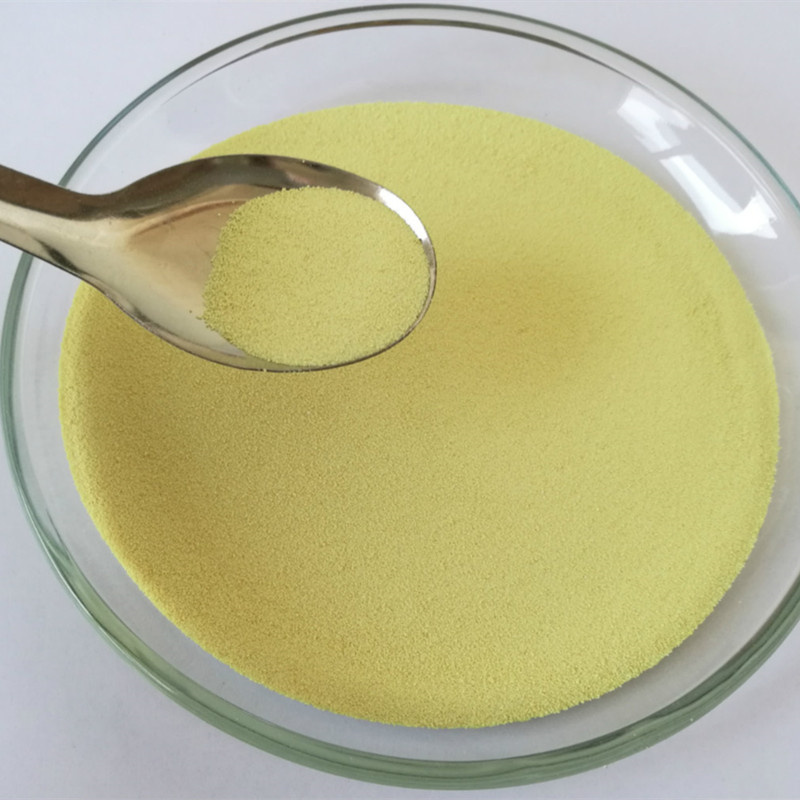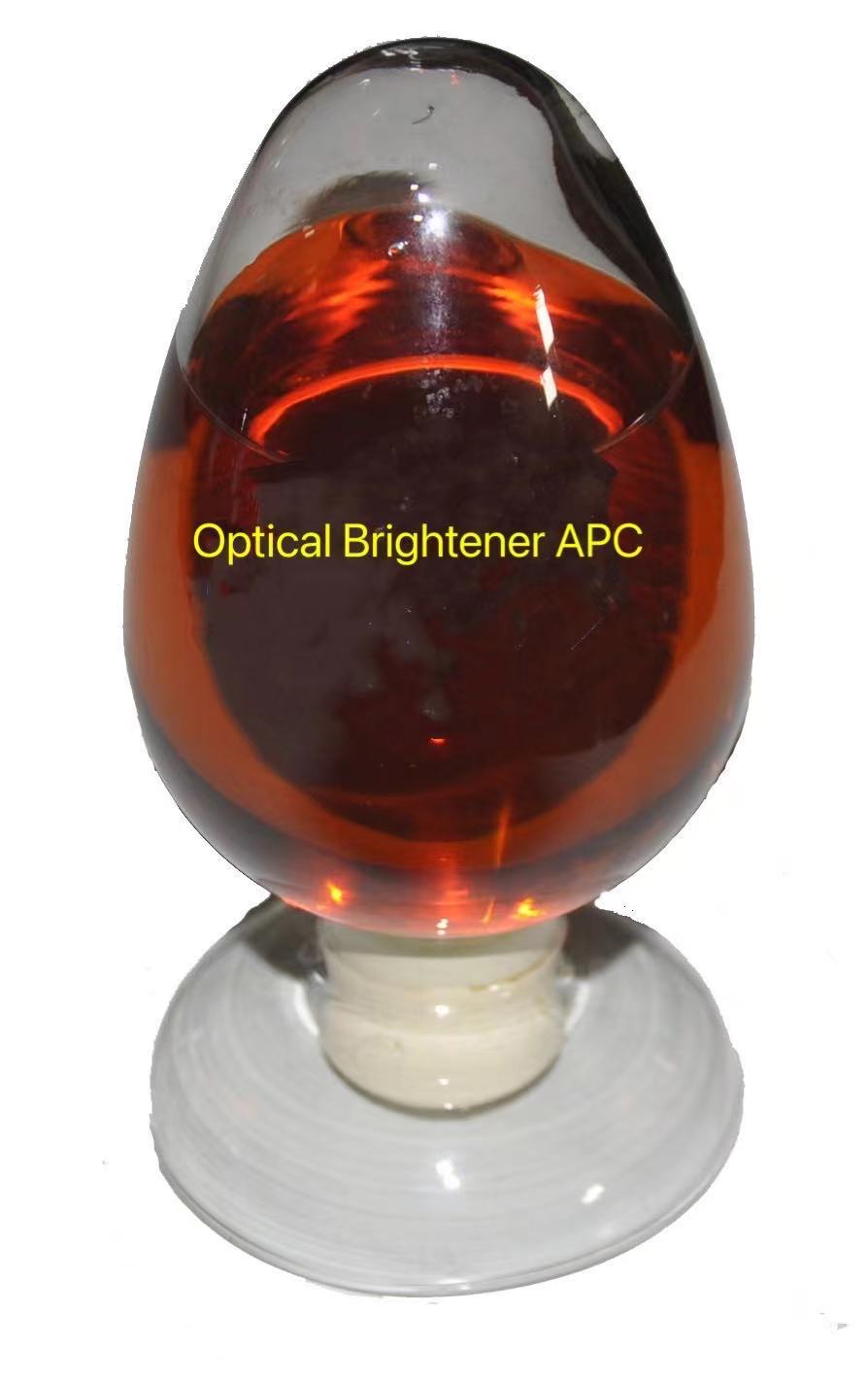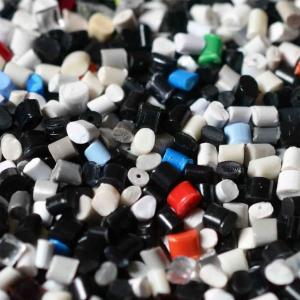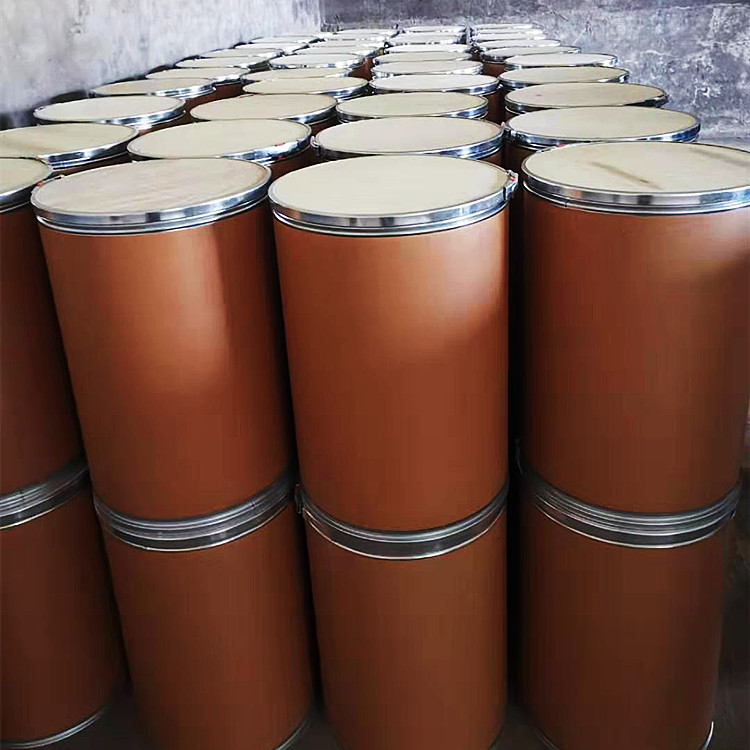There are many types of fluorescent whitening agent used for textile,such as fluorescent whitening agent BA BBU CXT CBS-X DMS BA-L APC 351 ER-199 ER-199:1 EBF DT MST etc.
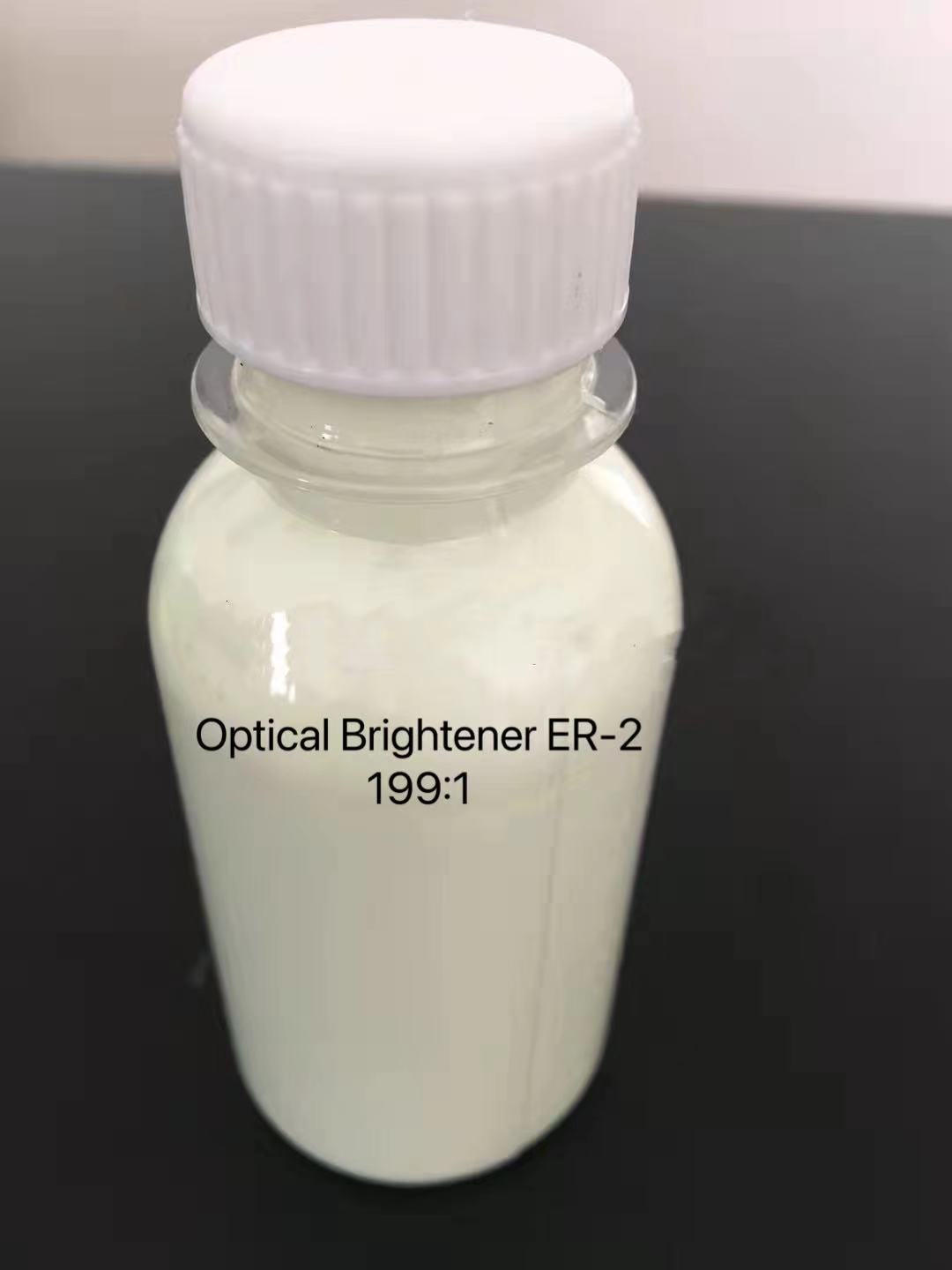
Today we will talk about the factors affecting the Effect of Fluorescent whitening agent for Textile
The performance of the fluorescent whitening agent itself is the key factor that affects the fluorescent whitening agent, but if it is used improperly, it will also affect the full performance of the fluorescent whitening agent.
1. The impact on whitening textiles
The higher the whiteness of the raw material (textile) itself, the better the whitening effect. The chlorine and acid remaining on the fabric during bleaching must be thoroughly washed, otherwise it will affect the whitening effect.
2. The impact of water quality
The PH of the water quality is required to be between 6.5 and 7, and it meets the water quality requirements of dyeing and finishing plants. Generally, soft water is used.
3. The amount of fluorescent whitening agent
The same fluorescent whitening agent can sometimes be used for several fibers, and the yellowing point is different on each fiber. Even on the same kind of textile, there will be different yellowing points due to the difference in liquor ratio, pH value, temperature and other conditions when used, so it is difficult to say the dyeing when each fluorescent whitening agent obtains the best whitening effect. What is the concentration (yellowing point). Sample analysis should be done to get the best dosage.
4. The influence of temperature
Increasing the temperature can increase the diffusion rate of the fluorescent whitening agent and accelerate the dyeing of the fluorescent whitening agent. Different types of fluorescent whitening agents, different types of whitened fibers, and different application processes have different effects on temperature. For example: fluorescent whitening agent VBL is used for whitening and brightening of cotton fabrics, using dip dyeing, and the whitening temperature is 20~50℃; using pad dyeing, the whitening temperature is 40~45℃; soap bath whitening and brightening The temperature is 80~90℃.
5. Acidity (pH value)
The pH value has a greater influence on the absorbance of the ionic fluorescent whitening agent. The absorbance of cationic fluorescent whitening agent drops significantly at pH>9, and it is generally used in dye baths with oxalic acid, formic acid, acetic acid and pH 3~4; while anionic fluorescent whitening agent has sharp absorbance under acidic conditions Decrease, use in the dye bath with a pH value of 6-9; disperse fluorescent whitening agent, the pH value of the dye solution is generally controlled at about 5.
The same fluorescent whitening agent product adopts different whitening processes on different fabrics and on the same fabric, and its optimal whitening pH value is also different, which cannot be generalized. A small sample analysis should be done to determine the appropriate pH range.
6. light
The cis-trans isomerization occurs under the action of light, which affects the whitening effect.
7. Solution preparation
Most water-soluble fluorescent whitening agents have low solubility in water, generally less than 10g/L. It is better to use room temperature or warm water at 30~40℃ when dissolving. At the same time, it is required that the water does not contain copper, iron, calcium, and magnesium ions. For some non-ionic fluorescent whitening agents that are insoluble in water, levelling agents, dispersants, etc. can be added as appropriate to obtain a uniform whitening effect. When the non-ionic fluorescent whitening agent is diluted with water, it should be mixed well and then measured, because the non-ionic fluorescent whitening agent has caused precipitation after being stored for a long time.
8. The influence of inorganic additives
When the amount of fluorescent whitening agent is low, adding inorganic salt can improve its whitening effect; when the amount of fluorescent whitening agent is high, adding inorganic salt will reduce the yellowing point of the fluorescent whitening agent, which is not good for the whitening agent. . Some brighteners that require the addition of inorganic salts to be dyed to the fiber are not suitable for use in detergents.
9. Surfactant
Adding oppositely charged surfactants will reduce the absorbance of the solution and sometimes even lead to quenching of fluorescence. Adding surfactants with the same charge will have no or less effect. Non-ionic fluorescent whitening agents usually need to be equipped with surfactants before they can be used. They play a role in preventing precipitation and leveling to a certain extent.
10. The impact of processing time
Dip-dyeing whitening generally requires a longer processing time, but the longer the better, it needs to be tested and determined according to the properties of the fluorescent whitening agent and the whitened matrix, generally not more than 30min.
The time required for pad dyeing is shorter. The treatment time of the fabric in the baking equipment depends on the heating efficiency of the equipment, the structure of the fabric, the baking temperature and dyeing concentration and other factors. Generally, the baking time in the baking equipment is 30~60s.
11. Post-processing
Non-ionic optical brighteners are used to treat fabrics. The post-treatment usually adopts heat treatment. The baking time and baking temperature have a certain effect on the whiteness. For example, for pure polyester fabrics, the optical brightener DT should obtain better whitening effect. , The baking time and temperature should not exceed 50s at 80℃ and 30s at 200℃. The baking temperature is sometimes called the "color development" temperature of the optical brightener. Different fluorescent whitening agents have different color temperatures. When the post-treatment does not reach the color temperature and the predetermined time, the ideal whitening effect cannot be achieved.
